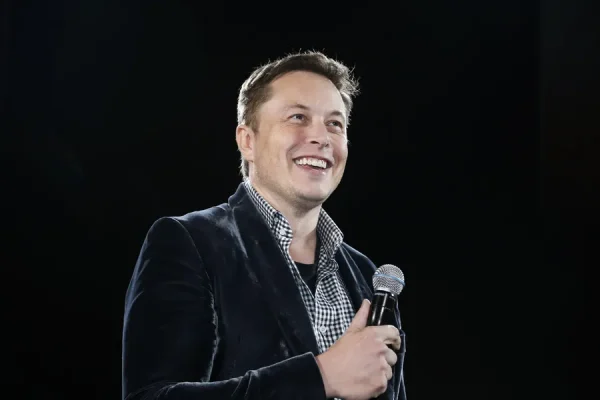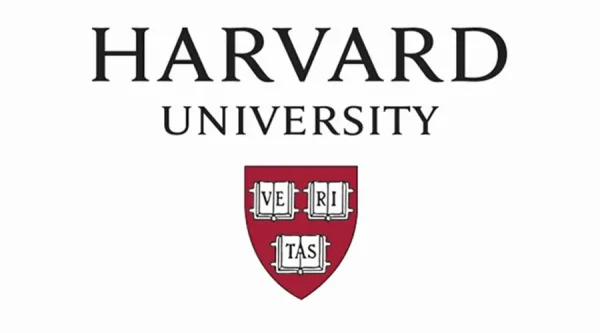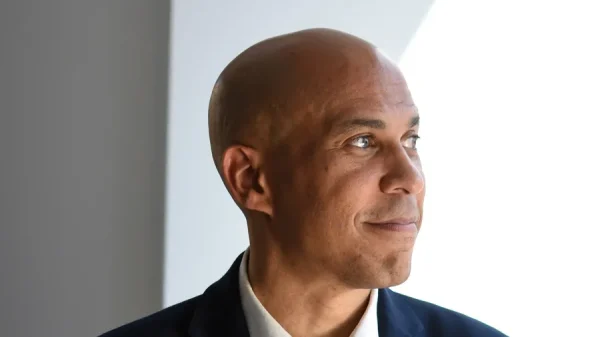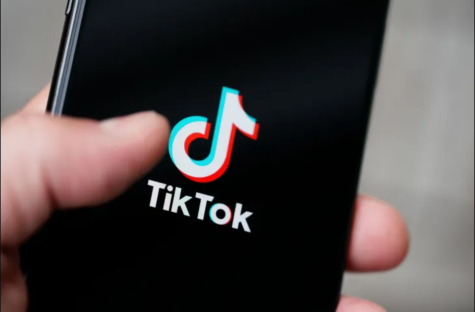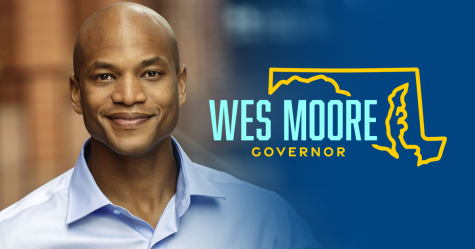Polarization, social media, and teenagers
*Opinions expressed in this article represent the views of the editorial board and not necessarily that of the school population or administration.
In late October of 2010, comedians and talk show hosts Jon Stewart and Stephen Colbert held “The Rally To Restore Sanity (and/or Fear)” in D.C. The gathering was in hopes of speaking truth to the “country’s 24-hour, political pundit perpetual panic conflictinator,” and the double-edged sword held by the nation’s press that can, as Stewart explained, “hold its magnifying glass up to our problems, bringing them into focus, illuminating issues heretofore unseen… or they can use that magnifying glass to light ants on fire, and then perhaps host a week of shows on the dangerous, unexpected flaming ants epidemic.”
Nine years later, and our mechanisms for spreading, processing, and analyzing news have only become more chaotic and crippled. At the rally, Stewart made the following point: “if we amplify everything, we hear nothing.” And with social media– a forum notoriously conducive to “echo chambers”– being a fundamental part of public discourse in today’s age, the resounding comfort of sensationalism, confirmation bias, and groupthink has all but drowned out any sort of balanced and measured debate between the two political parties at a national level.
As the American public follows congress’ steps towards a complete ideological divide, the level of political polarization has surged, with each presidential cycle being more divisive than the last. As the Washington Post notes, there have been three critical trends in the past decade or so: 1) according to Pew Research, “Democrats and Republicans significantly pulled apart… as it stands, 95 percent of Republicans are more conservative than the median Democrat and 97% percent of Democrats are more liberal than the median Republican” 2) “[overlapping] with the timeline of polarization is the splintering of media sources, thanks to the Internet and social media [obliterating] the barrier to entry [prevalent in cable news], while simultaneously making it trivial to share information widely and 3) beyond policy disagreement, the two parties have also begun to view each other far more negatively, with “more than 40 percent [of Democrats and Republicans said] that the other political party is ‘a threat to the nation’s well-being.’” And the excessive, almost dysfunctional levels of partisanship evident everywhere from senate committee hearings to Youtube comment sections is inextricably linked to how we use social media. A study from Cambridge University Press indicates that “85 percent of retweets are made by people who share a political orientation.” Today, discourse often takes place in increments of 280 characters, often dropping standards of nuance, logic, and intellectual honesty with each tweet, and often ending with blocking, reporting, and denouncing someone (and by extension, their entire political party) as irredeemably evil.
But why should any 17-year-old care? A combination of having the closest relationship with social media than any other generation (by virtue of growing up with it than becoming accustomed to it) and the increasing amounts of political participation and social justice activism teenagers and young adults have demonstrated in recent years unavoidably makes this an issue young people must address. From creating movements like March For Our Lives– an apparatus largely built and sustained by student activists– to mobilizing to tackle climate change, young people have become the force behind veritable revolutions. Ones that take place online and at the tap of a finger. And to that end, platforms like Twitter and Facebook have been incredible instruments for change, progress, and justice. But the same passion that has fueled these movements has also indirectly activated the most toxic parts of these sites, enabling online “cancel culture,” where immediate condemnation is often seen as a moral imperative and patience, forgiveness, and even waiting for complete context is frowned down upon. Misinformation can spread twice as rapidly as fact-checking can and the immediacy and transiency of online news can cause events to pass in our register before corrections catch up. A recent example includes the case of actor Jussie Smollett, who falsely claimed he was the victim of a homophobic and racist attack perpetrated by Trump supporter, and by the time an investigation was completed determining he had lied, the perceived divide and tensions between the right and the left had irrevocably deepened.
At the end of 2018, Politico Magazine rounded up historians to ask how we would look back on this time. One historian aptly pointed out that 2018 was the year of distractions– real, crucial issues were ignored for an endless analysis of Trump’s latest tweets. As the youngest generation, the future of politics is in our hands. Not just what we talk about, but how we have the conversation. As one of the most progressive generations, we have the opportunity to prove that that compassion, inclusivity, and social justice aren’t mutually exclusive with conciliation and reason.

Kanika Mehra is currently a senior in Humanities. Her second year working for the Pulse, she values the opportunity to speak with students and teachers...


